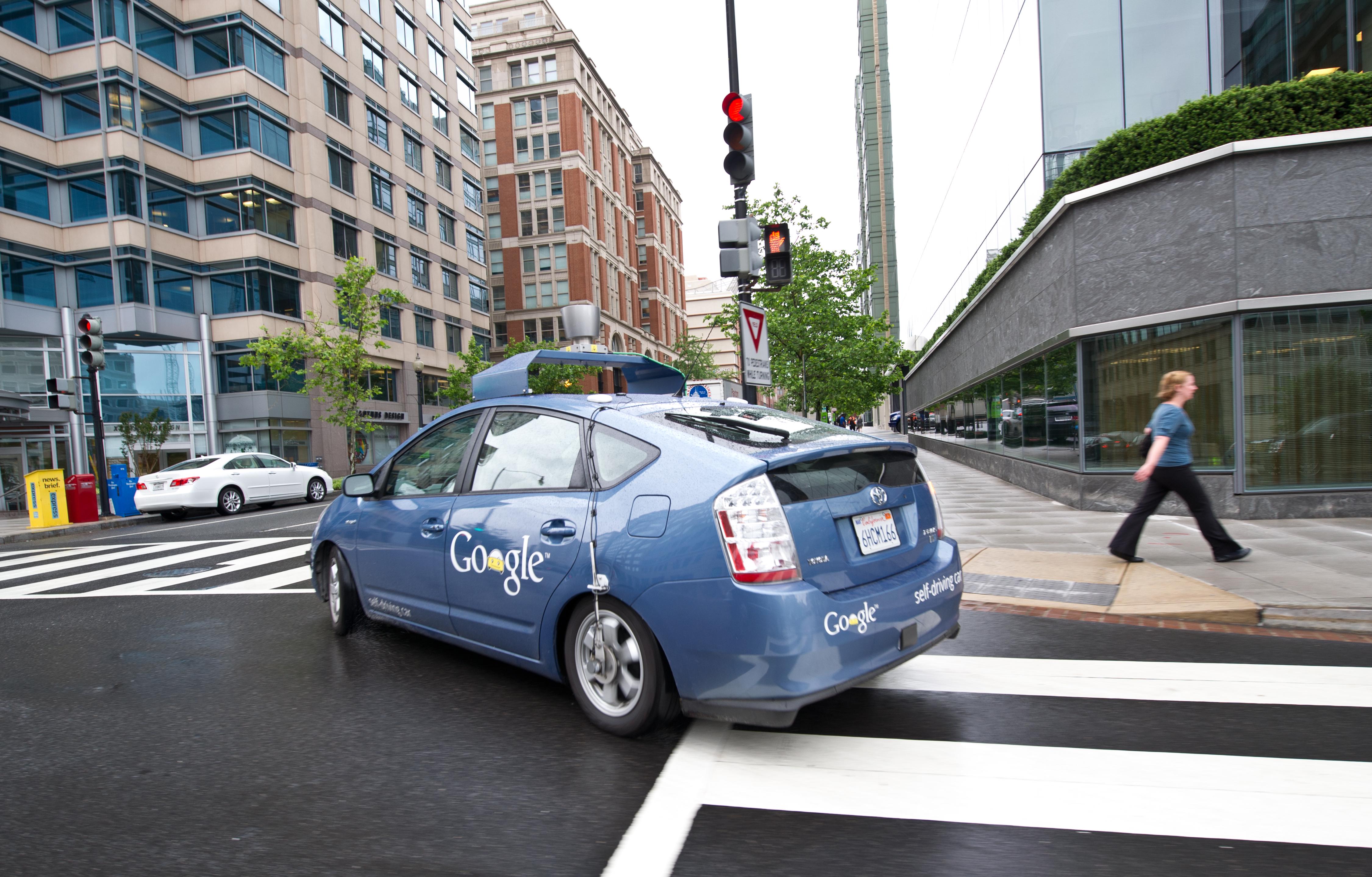Over the past two years, a handful of states have cautiously legalized the operation of autonomous vehicles, allowing tech companies like Google to test out self-driving cars on public roadways. But for the general public, the ability to zip to work while simultaneously watching Game of Thrones and noshing on waffle tacos remains nothing more than a pipe dream.
But that dream may soon become a reality in Washington, D.C., where new rules introduced last week could finally bring new self-driving car owners to the fetid waiting rooms of the DMV.
In accordance with the Autonomous Vehicle Act of 2012, the District of Columbia Department of Motor Vehicles published its new guidelines on Friday, and presuming there are no significant objections, they will go into effect after 30 days. And while Washington D.C. seems to be the first jurisdiction to license self-driving car operators (users? passengers? drivers?) instead of just testers, it probably won’t be the last: Many other states are currently designing their own processes for this new category of commuter.
Unsurprisingly, the first obstacle for Washington drivers wishing to operate self-driving cars is a pile of paperwork and a $20 fee. But what does the application process entail?
Firstly, the new rules make quick work of many of the legal questions surrounding autonomous vehicles (what if it is speeding? what if it rolls through a stop sign?), requiring applicants to acknowledge that they will be deemed the “driver” of the vehicle while it is operating in autonomous mode. For all legal purposes, they are subject to the same traffic laws that apply to non-autonomous cars.
Each applicant for the new license designation must also include training certification in autonomous vehicle operation from a self-driving car dealerships or manufacturer. Interestingly, the new rules leave the DMV out of this process, but one can only imagine the horror of sitting through a training at a car dealership.
For all of their trouble, applicants will receive an “A” endorsement on their license, provided their application is approved by the DMV director. (Let’s assume that the “A” is for “autonomous vehicle” and not something more humorous.) The newly minted “A” driver will then fill out yet another form to receive a specially designed license plate only to be used on self-driving cars. (This is all assuming they can afford one.) But that’s not all!
The new guidelines include a laundry list of technological regulations for autonomous vehicle certification, including the installation of a new mechanism explicitly designed to collect and retain all sensor data 30 seconds preceding any collision. The required mechanism must be completely separate from all other data systems, must provide data in a read-only format when requested, and must retain all data for at least three years following a collision. (It’s not clear from the D.C. DMV guidelines whether this is something that most autonomous car manufacturers intend to include anyway.) Better avoid getting too close to those overzealous bike-share users.
City Councilmember Mary Cheh, who drafted the 2012 legislation, is very excited for autonomous vehicles to hit District streets. During an interview with Slate, Cheh described testing Google’s self-driving car on busy city streets two years ago, when the vehicle anticipated and braked for jaywalking pedestrians. She envisions a future where cars will independently self-park after dropping their operators off at a desired location. While she doesn’t know exactly when self-driving car enthusiasts will begin lining up at the DMV, the legislation will enable citizens to navigate D.C. streets as soon as the vehicles are commercially available.
The one requirement that may be most difficult to meet for manufacturers, however, is perhaps the most simply worded: Autonomous vehicles must be safe to operate in the District, in compliance with D.C. traffic laws. In a city famous for gridlock, presidential motorcades, Kafkaesque traffic circles, and roving security barricades, simply driving a car half a mile can sometimes be arduous. And while a self-driving car can do a heck of a job parallel parking, it won’t check to see if the spot is for diplomats only.
